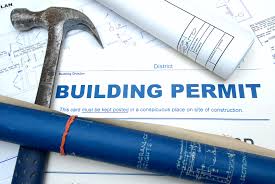The Cabinet took note of the increase in the number of applications for building permits submitted to the DCA in 2020. At this time one year ago, in 2019, the DCA received 643 building applications.
As a result of the incentives and other inducements set by the Gaston Browne administration, since the onset of the pandemic in March, the number of applications has increased 25% to 804 in 2020. The Cabinet regards these data as a clear example of successful economic engineering during these past 8 months.
Booby Alley which is less than 2 acres large covers the area from North Street to St. John’s Street on Wilkinson’s Cross; west on St. John’s Street to Mariner’s Lane; south on Mariner’s Lane to North Street; and east on North Street to Wilkinson’s Cross.
The small chattel houses that have been located on that site, are to be replaced by 90 modern homes to be built by the People’s Republic of China as a gift to the Government of Antigua and Barbuda. The houses will be offered to the current residents upon completion of the construction.
The challenge faced by the Government officials is the temporary displacement of the residents of Booby Alley to the temporary housing being constructed, and to rental homes that are within the City of St. John’s. Several temporary homes are being built on Crown land at Bay Street and on Reginald Stevens Street.
Environmental concerns and waste-water management were among the issues discussed during the hour-long encounter. 90 cement bases have already been laid as foundations for the temporary homes.
When all residents currently residing within Booby Alley have been placed in the temporary housing, or have had their homes moved to vacant plots, the chattel houses which cannot be salvaged will have to be razed since they are likely to be too fragile.
It is anticipated that the two-acre site will be made completely vacant by January 31, 2021, except for the buildings which house Papasita Destin’s supermarket and the Bethel Anglican church. It will then take approximately two years for the replacement housing to be constructed, and most of the residents returned to living in an upgraded housing project.




